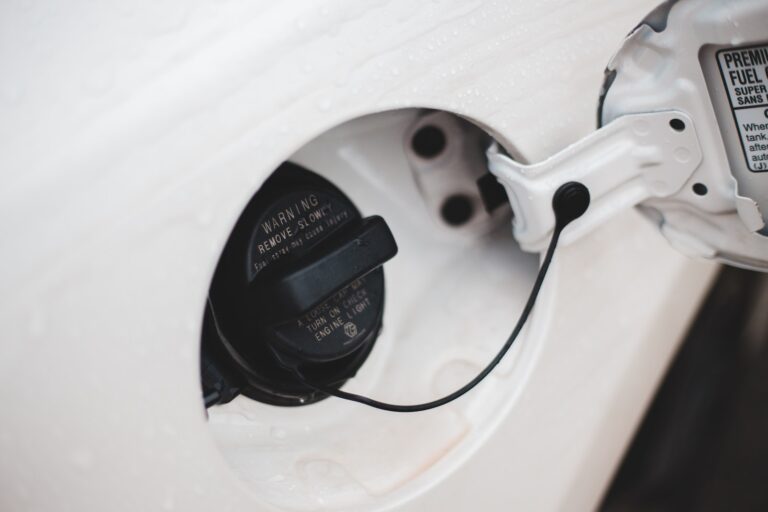What is a Fuel Tank Pressure Sensor and How to Tell if it is Bad?
I recently had an issue with my car. My mechanic mentioned the fuel tank pressure sensor. I set out to figure out what is a fuel tank pressure sensor, its purpose and how to tell if the fuel tank pressure sensor is not working as intended.
The fuel tank pressure sensor is a device that measures the pressure in the tank. Its work is to help detect when there is a leak in the tank and in the evaporative control system (EVAP). The EVAP system captures evaporated gasoline and returns it to the engine. This prevents it from being released into to environment.
The fuel tank pressure sensor detects leaks, including evaporation leaks as soon as they occur. Repairing these leaks in time helps you save on fuel and the environment. The fuel tank pressure sensor is part of the EVAP system. It sends data to the computer engine. When there are leaks or the fuel tank pressure sensor stops working, the check engine warning light will light up.
The Location of the Fuel Tank Pressure Sensor.
The fuel tank pressure sensor can be found inside the tank or on top of the tank, depending on the EVAP control system.
What Happens When the Fuel Tank Pressure Sensor Goes Bad
There are several signs that your fuel tank pressure system is not working well or it has detected an issue in the fuel tank pressure or the EVAP system. These signs include the famous check engine light, the car not starting, the car stalling, the car using more fuel than normal and low power on acceleration.
Check Engine Light Warning.
When the fuel tank pressure sensor malfunctions, the check engine light warning will light up. However, the warning does not necessarily mean that the issue is the pressure sensor. It could be other issues in the engine. There are other signs you should check that will point you to a faulty fuel tank pressure sensor.
Low Power on Acceleration.
If there is an issue with the fuel tank pressure sensor, your might experience low power on acceleration. The electronic control unit (ECU), the computer that controls engine functions, uses data from the fuel tank pressure sensor the determine how much fuel is released into the engine. If the ECU relies on incorrect data from the fuel tank pressure sensor, your car will have low power in acceleration.
Car Not Starting.
A faulty fuel tank pressure sensor will send incorrect data to the ECU. One scenario is that the air-to-fuel mixture in the engine will not be in the correct ratios. With more air and little fuel in the combustion chamber, your car will not start at all.
Car Consuming More Fuel than Usual
A faulty fuel tank pressure sensor might lead to more fuel being sent to the engine than is required. In this case, your will have more fuel per mile, meaning you will be spending more on fuel than usual.
How to Fix a Faulty Fuel Tank Pressure Sensor.
A faulty fuel tank pressure sensor sends the wrong voltages to the ECU. This makes it easy to identify a faulty one. A voltmeter connected to the wires of the fuel tank pressure sensor is enough to tell if the fuel tank pressure sensor is malfunctioning. The voltage from the fuel tank pressure sensor should match the manufacturer’s specifications in the manual. If they do not match, then it is time to replace it.
Fixing a faulty fuel tank pressure sensor is done by replacement. Please note that removing a fuel tank pressure sensor means first removing the fuel tank. This is due to the fact that the fuel tank pressure sensor is located on top of the tank or inside the tank. This means you might need an expert to replace the fuel tank pressure sensor.

